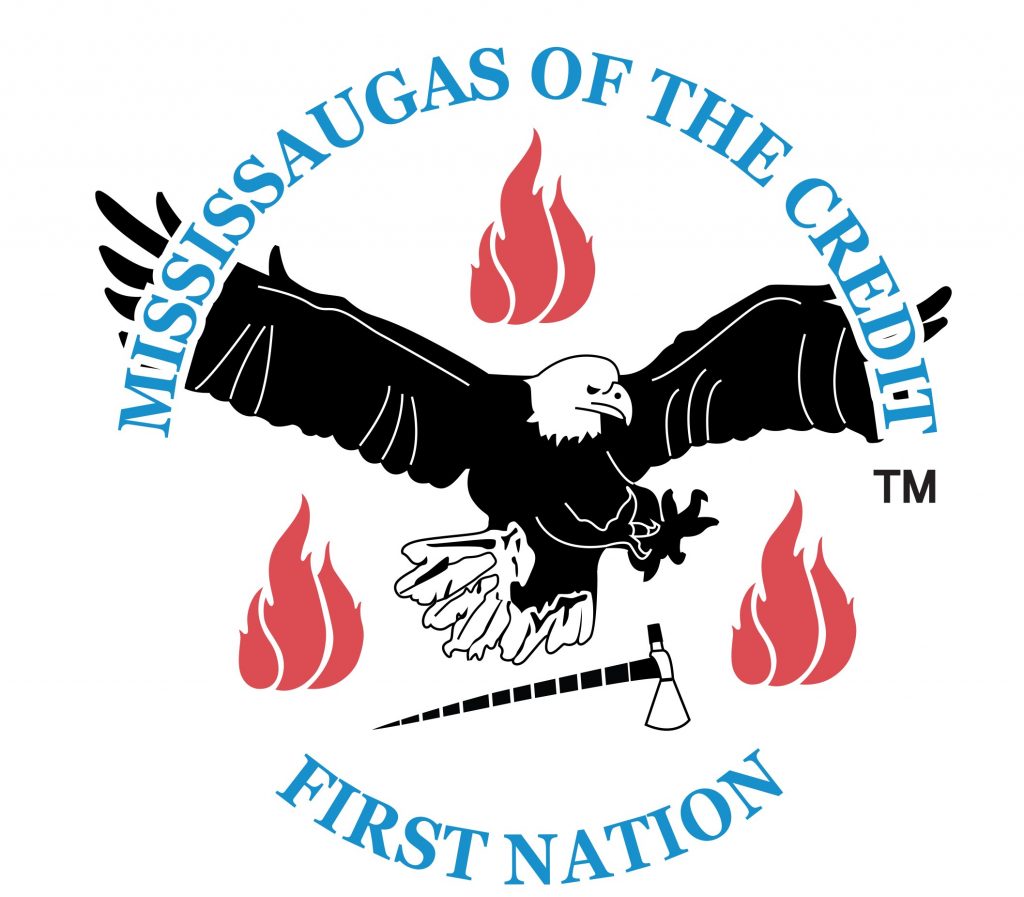

What is a Land Acknowledgement?
A Land Acknowledgement is a formal statement that recognizes the unique and enduring relationship that exists between Indigenous Peoples and their traditional territories.
Why Do We Recognize The Land?
To recognize the land is an expression of gratitude and appreciation to those whose territory you reside on, and a way of honouring the Indigenous people who have been living and working on the land from time immemorial. It is important to understand the long standing history that has brought you to reside on the land, and to seek to understand your place within that history. Land acknowledgements do not exist in a past tense, or historical context: colonialism is a current ongoing process, and we need to build our mindfulness of our present participation. It is also worth noting that acknowledging the land is Indigenous protocol. (taken from http://www.lspirg.org/knowtheland/) These acknowledgements are a necessary part of the reconciliation process that is evolving throughout our country.
Who’s Land Are We On?
In Paris, we are on the traditional territory of the Neutral, Anishnawbe and Haudenosaunee peoples.
- Anishnawbe (Ah-nish-nah-bay) peoples: Also known as Ojibway/Chippewa/Mississauga/Algonquin, their original ancestral home was located on the north shore of Lake Huron, at the mouth of the Mississagi River. During the 17th century, the Anishnawbe split, with groups migrating east to the Bay of Quinte and South into what is now known as south-western Ontario (from Toronto to Lake Erie). During the 18th century, the Anishnawbe began losing land due to European settlement and the northern movement of the Haudenosaunee into south-western Ontario. Today, Anishnawbe in south-western Ontario include the Mississaugas of the Credit First Nation, Aamjiwnaang, Chippewas of the Thames First Nation, and the Chippewas of Kettle and Stony Point.
- Haudenosaunee (Ho-deh-no-show-nee) peoples: Also known as Six Nations and Iroquois, are various nations that formed what is known as the Haudenosaunee Confederacy. It originally consisted of five Nations: Cayuga, Oneida, Onondaga, Mohawk, and Seneca, but in 1722, the Tuscarora joined to form the Six Nations. The Haudenosaunee reside in parts of Ontario and Upstate New York. The largest reserve in North America is the Six Nations of the Grand River, located near Branford, Ontario. Other communities where Haudenosaunee reside include Tyendinaga, Awkwesasne, and Oneida Nation of the Thames, to name a few.
- Neutral/Attawandaron (At-ta-won-da-ron) peoples: Called the Neutrals due to their tendency to avoid conflict, and “Attawandaron” by the Hurons. They are made up of many distinct nations. They were decimated by colonial diseases during early colonization and any remaining members were mostly adopted into the Haudenosaunee Confederacy.
Paris is located on the Haldimand Tract, which, on October 25, 1784, after the American Revolutionary War of Independence, was given to the Six Nations of the Grand River and Mississaugas of the Credit First Nation by the British as compensation for their role in the war and for the loss of their traditional lands in Upstate New York (www.sixnations.ca, http://mncfn.ca). Of the 950,000 acres given to the Haudenosaunee (six miles on either side of the Grand River, all the way along its length), only 46,000 acres (less than 5 per cent) remain Six Nations land (www.sixnations.ca) and 6,100 acres remain Mississaugas of the Credit land.(taken from http://www.lspirg.org/knowtheland/)
